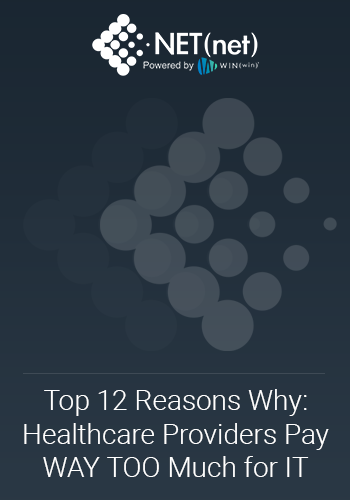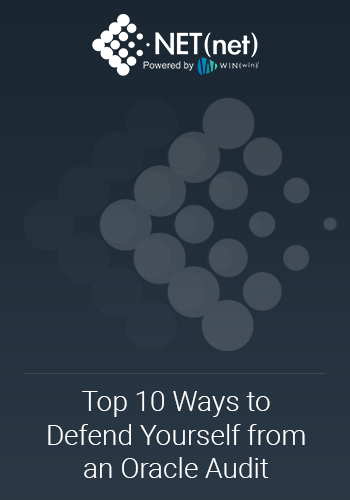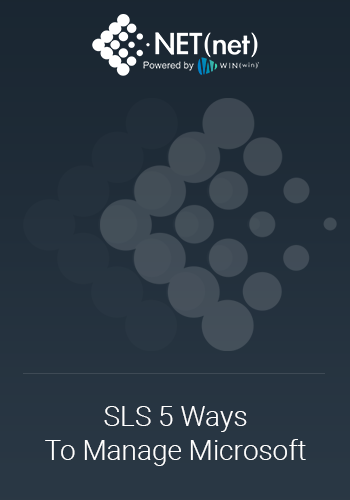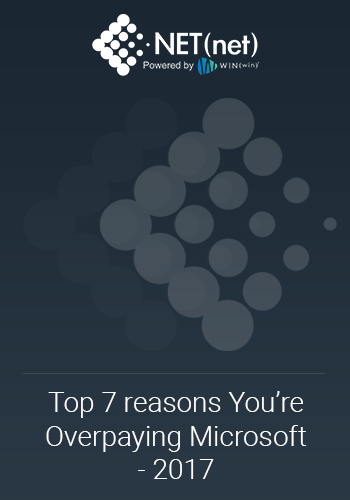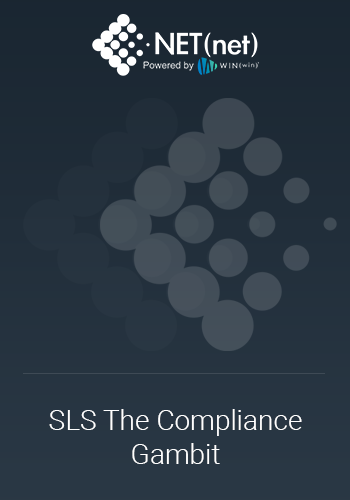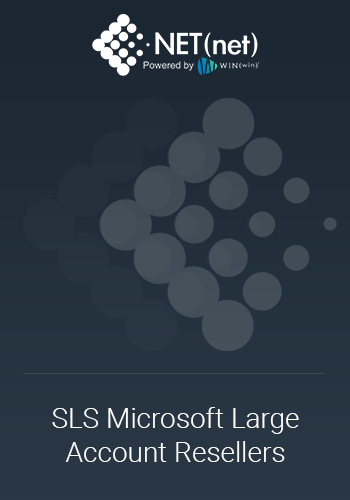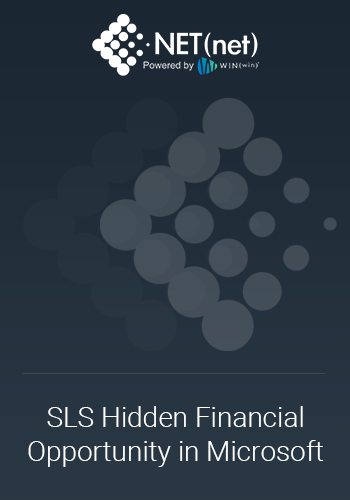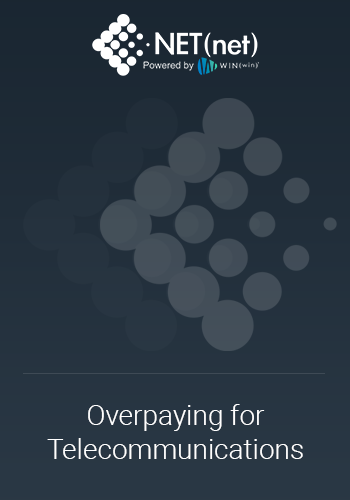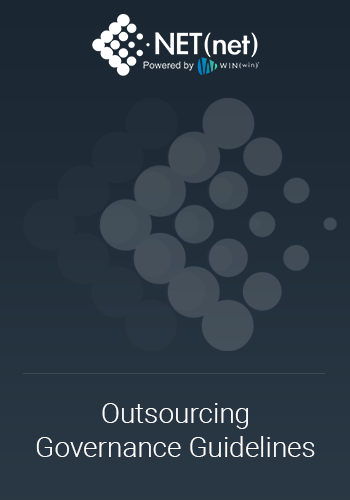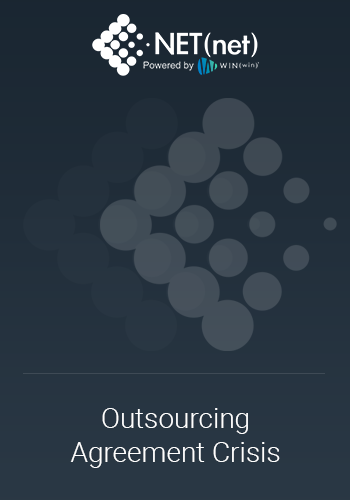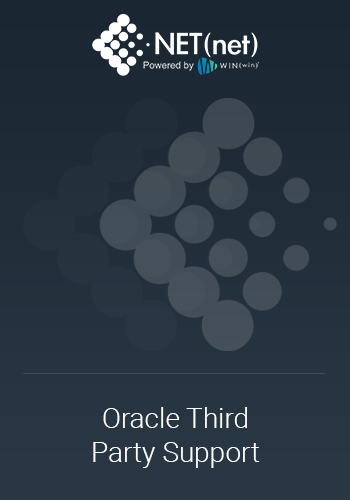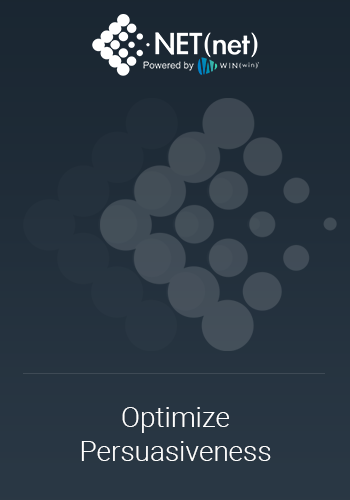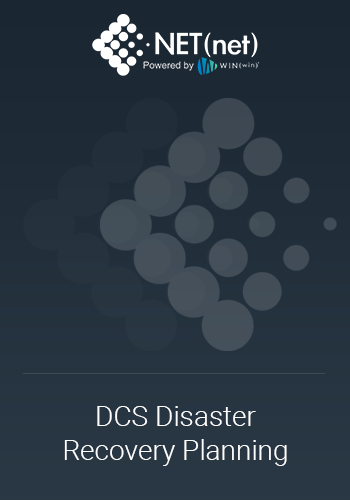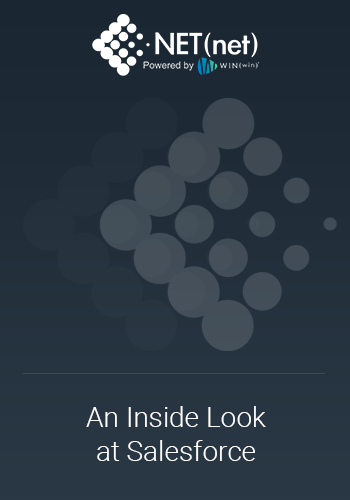These days the whole world sometimes feels like a Snowflake… and by that we mean that growth is slowing, and stocks are generally down as reality sets in. Snowflake, the company, is still growing but nowhere near the breakneck speed of the good (?) old days. Macroeconomic factors may be contributing to that, but we believe that, like our clients, the market for Snowflake has figured out that deployments need to be actively managed so that the negotiated costs are not exceeded. Early Snowflake customers learned the hard way that their first agreement would ultimately set the floor for what they would spend, eventually understanding that their ...
Read More
With recent announcements from Microsoft, Oracle, Amazon, Coinbase, Twitter, and Meta (among others) indicating that there would be cuts to staffing in the coming weeks and months, it’s clear that the recession is in full force. As outlined in my previous blog, we discouraged organizations from making drastic changes to the muscle (the workforce) and bone (the facilities) of their organizations. Yet, many of the big-tech powerhouses (like the ones mentioned above) have been announcing job cuts to curb recessionary pressures. Cutting costs and managing value through downturns can be a far tougher challenge for SME’s than their large ...
Read More
As we are well into calendar Q4, several tech companies have announced layoffs and cutbacks as they prepare to weather inflation and the impending recession storm. Despite all the great news coming out of Oracle from their Q1 2023 report (announced September 12, 2022), they have been laying off employees throughout the course of 2022 on the heels of their Cerner acquisition in their quest to cut $1B in cost in the name of synergy. Somewhat surprising to us; however, is that they are also laying off from their OCI group (Oracle Cloud Infrastructure). Given their claims of robust cloud growth that they talk about to Wall Street in their Q1 ...
Read More
Recently we sat down with Scott Braden, NET(net)’s SVP of Value Creation, to chat about his career, his Microsoft experience, working at NET(net) and the industry as a whole. Scott hails proudly from Texas and is a Texas A&M graduate who’s been working in the technology industry for over 30 years, the last fifteen of which have been with NET(net). In fact, Scott just celebrated his fifteenth year this month, so we thought it might be a great time to get his take on all things Microsoft and the tech industry. Question (Dexter Siglin, Chief Operating Officer, NET(net)) Wow, Scott – congratulations on celebrating fifteen years with ...
Read More
No question Oracle is one of the most dominant and financially successful tech companies in the world. In fact, almost everyone reading this probably directly or indirectly owns a small part of Oracle in their investment portfolio. However, through sales practices, audit actions, acquisitions and never-ending lawsuits, Oracle seems to be relying increasingly on legal tactics and maneuvers to shut down competition and show growth to Wall Street, rather than be a disruptive innovator. Some would say that Oracle’s core competency now is litigation, not innovation. Ongoing War with Rimini Street We have long advocated for seeking alternatives in ...
Read More
Healthcare is one-fifth of the US economy. Due to the shifting demographics related to aging baby boomers, Medicare and Medicaid patients now make up roughly half the patient population. Due to changing insurance payout structures, this population of patients now costs hospitals roughly 10% more to serve than they make, leaving the remaining patients to make up the difference -- plus providing enough operating margin to sustain all investments. In addition, of the 29 major industries we serve, Healthcare ranks 28th in IT Buying Efficiency, which is to say that Healthcare is the 2nd worst performing industry when it comes to technology ...
Read More
A rigorous assessment of the business objectives and a well-defined migration plan are critical to realize the benefits of moving IT activities from your legacy on-premises infrastructure to a public cloud provider. Any technical gap or delay in cloud migration will erode the economics and benefits of the cloud with unexpected expenses and performance issues. To that point, a recent survey by SunGard Availability Services uncovered the following: Over 45% of IT decision-makers indicate they struggle to forecast and understand the costs associated with cloud migration. 40% of respondents cited they ‘lack understanding of cloud architecture ...
Read More
It’s a now well-known axiom that there is opportunity in chaos. From our vantage point, technology suppliers are joining in the spirit of that theme to accelerate price increases which are then passed along to their customers. Price gouging it would seem is no longer the domain of consumer goods as we suspect it’s also being employed in high tech. If you have been involved recently in a renewal, software audit, M&A activity, or any other supplier intensive negotiation, some of these price increase ‘excuses’ may sound familiar: Inflation Energy costs Interest rates Labor supply Economic downturn War in Ukraine Rising US dollar value ...
Read More
There is a growing energy crisis in Europe that may have a significant impact on availability and pricing soon for consumers of cloud providers like AWS, Microsoft and Google. With an ongoing war in Ukraine and green energy policies taking effect all over Europe, the pressure on energy has never been greater. And with a supply that could be constricted coupled with growing demand, may equal a business risk for you. The big three customers may take all that on-demand capacity for granted, but those days may be numbered. As French President Macron recently underscored, “We are no longer living in a world of abundance.” Supplies for every ...
Read More
SAP customers are facing some difficult and well documented hardships of late, especially those still on the Slow Road to HANA. For many, the migrations have become far more than was originally bargained for. As we have stated in previous articles, SAP’s greatest Cloud success has been in its acquisitions like Ariba, Concur and SuccessFactors. On their own, SAP has struggled. While SAP touts it’s 100% growth in S4/HANA Cloud growth and backlog, for customers, the story is far different as underutilization and adoption woes rule the day for a huge number of them. Given customers are facing these challenges, SAP continues marching forward with ...
Read More

